
The common cold tends to clear up on its own in three to four days although cough and post-nasal drip may linger.
 Viral infection that enters the body through the mouth, eyes or nose and throat. Symptoms such as scratchy throat, congestion and runny nose usually appear one to three days after exposure to a cold-causing virus. Then sneezing and a cough usually develops. The common cold tends to clear up on its own in three to four days although cough and post-nasal drip may linger.
Comments
 Elixa probiotic contains the following 12 species of Bifidobacterium and Lactobacillus (strength: 500 billion CFUs):
anecdotal evidence exists that Elixa is increasing populations of Lactobacilli in the gut and decreases Firmicutes/Bacteroidetes ratio that has been directly related to weight loss (elevated in obese subjects). 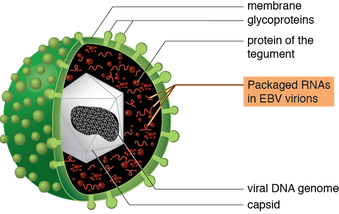 Epstein-Barr virus (EBV), also known as human herpesvirus 4, is a member of the herpes virus family. It is one of the most common human viruses. Most people get infected with EBV at some point in their lives. 80 - 90% of the adult population have been infected by the virus. EBV spreads most commonly through bodily fluids, primarily saliva. EBV can cause infectious mononucleosis (mono), and other illnesses. Like all herpesviruses, the Epstein-Barr virus is relatively large and complex. The virus's structure consists of an envelope, spikes, a core, a capsid and a tegument. All these structures aid in making the virus successful in the infection process and as a means of avoiding detection from our body's immune system. Most common symptoms of infection are extreme fatigue, fever, rash, sore throat, and swollen lymph nodes. 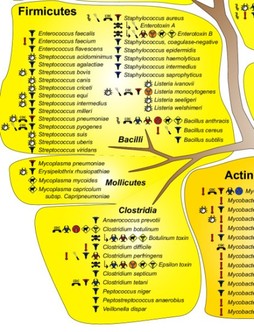 The largest group of bacteria but somewhat less diverse than the proteobacteria. Firmicutes play an important role in beer, wine, and cider spoilage and are present in greater numbers in obese individuals (vs Bacteroidetes). The group is typically divided into the Clostridia, which are anaerobic, the Bacilli, which are obligate or facultative aerobes, and the Mollicutes. It contains approximately 2475 species, 40% of which are aggregated in just 6 genera; Lactobacillus - 100 sp., Mycoplasma - 110 sp., Bacillus - 114 sp, Clostridium 146 sp and Streptomyces 509. The Firmicutes are all gram-positive bacteria unlike the Proteobacteria which are gram-negative. The Firmicutes are further divided according to their GC ratios. This is the ratio of Guanine and Cytosine to Guanine, Cytosine, Adenine and Thymine in the cell, thus a GC ratio = G+C divided by G+C+A+T times 100. Fermicutes are either High GC or Low GC. Each of these categories contains 3 major groups. 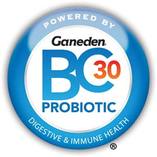 Bacillus coagulans GBI-30, 6086 (GanedenBC30) is a spore-forming probiotic strain that is resistant to extreme temperatures and survives in the gut environment. It is added to many foods, beverages and supplements, functional foods, nutriceuticals, medical food, animal health and personal care products. It is claimed to help support digestive and immune health. Expected concentration of BC30 in food and drinks is 100 million to 2 billion CFU per serving. 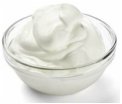 type of yogurt that has more protein and a thicker, creamier consistency because of an additional straining step. It also has less carbohydrates, unless sweetened. Main probiotic cultures in Chobani yogurt are Lactobacillus acidophilus, Lactobacillus casei, and Bifidus. This can, however, vary - recalled Chobani yogurt, for example, contained mold Mucor circinelloides and a large number of Oceanospirillales. 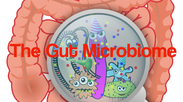 Various species of microbes represented in our gastrointestinal tract, also known as gut flora or microbiota. Microbiome often refers to the combined genetic material of these species, including bacteria, archaea, fungi, protists and viruses. Internal microbial communities are responsible for appetite, behavior, consuming and digesting foodstuffs. Gut microbiome is responsible for about 70% of the total immune response and 90% of the serotonin production in the body.  KNon-motile rod-shaped enterobacteria digesting lactose, often associated with illness. Klebsiella pneumoniae, Klebsiella oxytoca, and Klebsiella granulomatis are examples of infections often acquired in hospitals. Klebsiella typically reside inside the guts of mammals. Klebsiella planticola inhabits the root systems of most terrestrial plants. It is as near to a universal plant bacterium as there has ever been, partly responsible for the decomposition of all plant matter. Modified K. planticola could be used to turn dead plant material into alcohol Related Material: Klebsiella planticola--The Gene-Altered Monster That Almost Got Away A GE Bacterium That Could Have Killed All Plants Klebsiella Planticola |
Categories
All
|